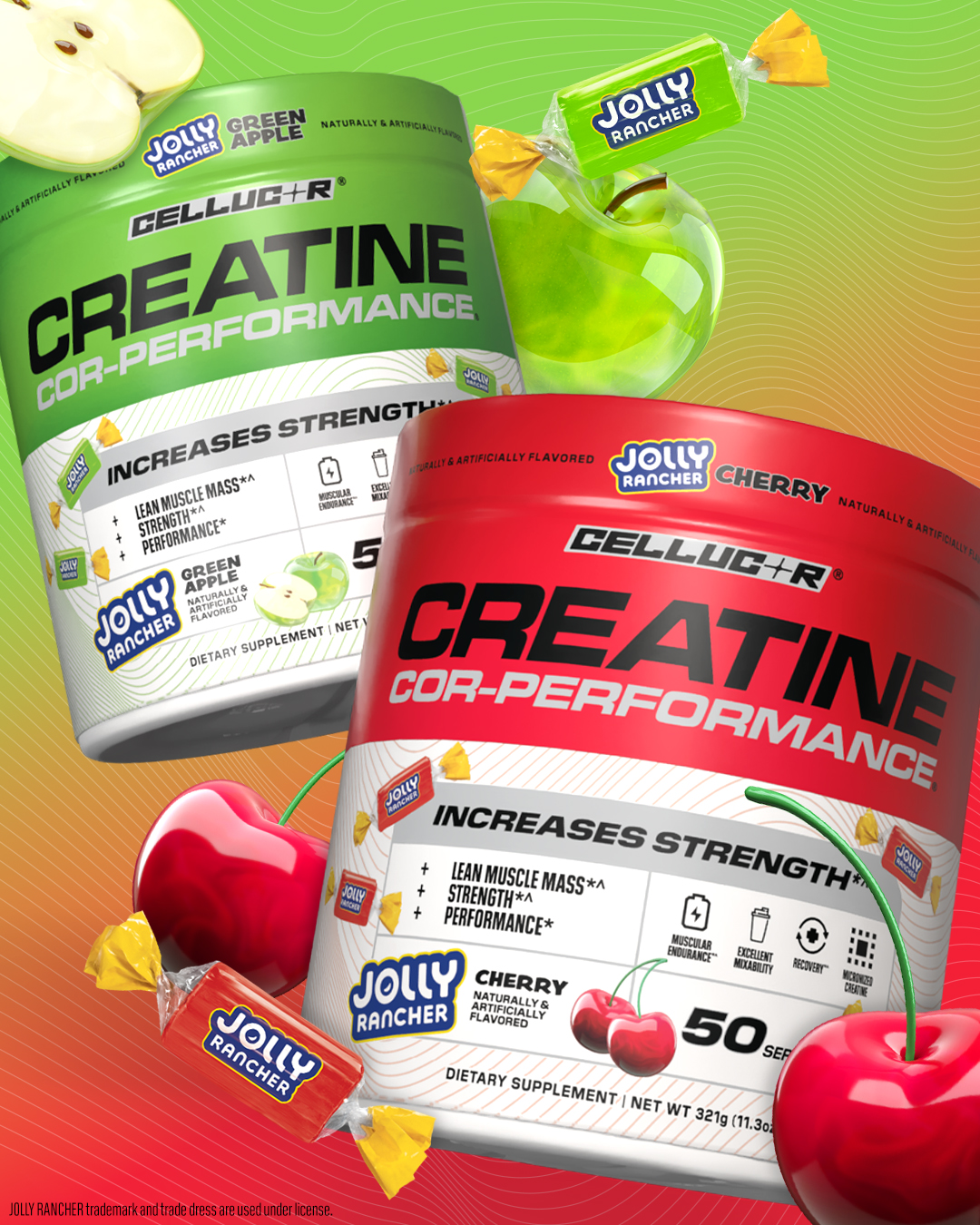Creatine, a supplement that appeared in NFL locker rooms in the late 1990s, is making a comeback. According to the Mayo Clinic, creatine is a compound that comes in amino acids and is naturally found in one’s muscles and brain – and it’s especially sought after by users of GLP-1 weight-loss drugs.
“Creatine is making a resurgence because the conversation has shifted from just strength and athletic performance to overall health and longevity,” said Dr. Mark Kovacs, a former director of sport science and health in the NBA. “We now know that creatine not only helps athletes perform at a high level, but it also supports muscle maintenance, brain function, and healthy aging.”
According to Grand View Research, the global creatine supplements market size was estimated at $1.1 billion in 2024 and is projected to reach $4.2 billion by 2030.
The creatine market is projected to grow at a CAGR of 25.2% over the next five years.
“Consumers are more focused than ever on ways to stay younger, longer,” Kovacs explained. And “creatine has one of the strongest scientific track records for both performance and long-term wellness.”
Not Just for Athletes Anymore
In the 1990s, creatine was associated with athletes who sought to “get ripped.” Overstated concerns about safety and the supplement’s impact on kidney health made many consumers wary.
“I can say that (creatine) works. … It helps you recover quicker,” said former NFL receiver Ed McCaffrey, whose Denver Broncos were provided EAS-brand creatine supplements en route to winning Super Bowls in 1998 and 1999.
McCaffrey told The Food Institute earlier this year that creatine helps users build muscle relatively fast (he also suggests consulting with a medical professional before trying such a supplement).
“I think the reason (creatine) is coming back recently is for the older generation,” McCaffrey said. “One of the biggest concerns for older people is the loss of muscle mass, especially if they’re on GLP-1 drugs. So it’s even more important that they build their muscle mass up – that’s why creatine is making a resurgence.”
In recent years, certain studies have shown the benefits of creatine. “That “has made it relevant far beyond gyms and locker rooms,” Kovacs noted.
Creatine’s New Crowd
Medical experts say creatine’s core benefit is improving cellular energy production, especially during short-term, high-intensity exercise. Studies suggest creatine supplementation may help executive function in older adults.
“In a society where longevity and health-span are priorities, creatine offers a simple, safe, and evidence-based tool,” Kovacs said.
Linebackers and body builders were once the target market for creatine powders. Today, the best-suited groups to take the supplement are far broader, including older adults and health-conscious Gen Xers looking to sustain activity.
A recent study published in Nutrients called into question how much creatine supplements help support muscle growth. “We’ve shown that taking five grams of creatine supplement per day does not make any difference to the amount of lean muscle mass people put on while resistance training,” said lead author Mandy Hagstrom, from the University of New South Wales.
Nevertheless, creatine has no shortage of proponents in 2025.
At recommended doses (3 to 5 grams per day) creatine is quite safe for anyone who doesn’t have an existing kidney condition, Kovacs said.
“Creatine has shifted from a niche performance aid,” the doctor said, “to a supplement that supports lifelong health.”
The Food Institute Podcast
How will the One Big Beautiful Bill Act (OBBBA) impact your food business? Unraveling the implications of new legislation is never easy, but Patrick O’Reilly and Jeff Pera of CBIZ explain how provisions of the bill related to no tax on tips, depreciation and expensing of capital purchases, and research and development will impact the industry.










